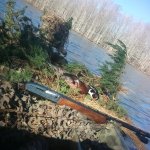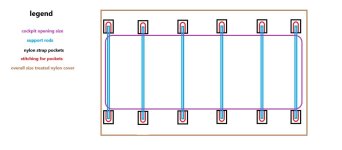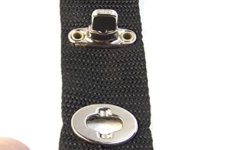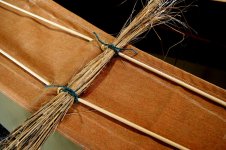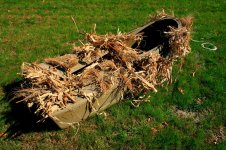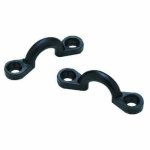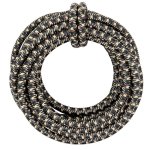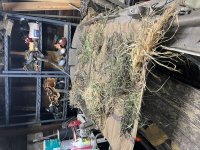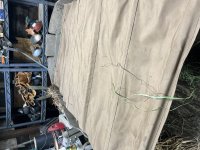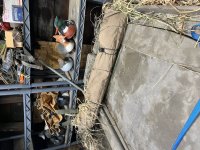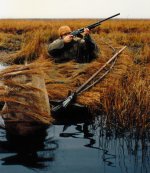David Clites
Active member
Not to be confused with factory fiberglass cover (which I have found to be excellent during trailering and storage) what are some of the best ideas for a camoflage cover while hunting?
Over the past 2 seasons I have used die cut netting with bundles of native grasses tied with Jute Twine or zipties to the netting. I also laid some fresh-cut juniper/cedar boughs on top after I laid into shooting position. This fools the ducks OK but getting my gun (favorite non-camo'd Rem 1100) out from under the netting is troublesome--Bolt Handle on the gun gets tangled in the netting. Also if I have to start the motor in a hurry to chase cripples the netting gets tangled on the Tiller, pull-out Choke Knob, Recoil Starter Pull Handle, etc. So I have labeled the Netting as Cluster Camo! Also a lesser/third problem is that the netting sags across the cockpit unless I lay bamboo or other slats/crosssupports under the Netting at cockpit.
What are some good solutions here? Heavy canvas, etc? Would also have to be rolled back for chasing cripples. Ofcourse adding flapper boards might work, but I am unsure I want to go that far...
Thanks for any ideas...
Over the past 2 seasons I have used die cut netting with bundles of native grasses tied with Jute Twine or zipties to the netting. I also laid some fresh-cut juniper/cedar boughs on top after I laid into shooting position. This fools the ducks OK but getting my gun (favorite non-camo'd Rem 1100) out from under the netting is troublesome--Bolt Handle on the gun gets tangled in the netting. Also if I have to start the motor in a hurry to chase cripples the netting gets tangled on the Tiller, pull-out Choke Knob, Recoil Starter Pull Handle, etc. So I have labeled the Netting as Cluster Camo! Also a lesser/third problem is that the netting sags across the cockpit unless I lay bamboo or other slats/crosssupports under the Netting at cockpit.
What are some good solutions here? Heavy canvas, etc? Would also have to be rolled back for chasing cripples. Ofcourse adding flapper boards might work, but I am unsure I want to go that far...
Thanks for any ideas...


